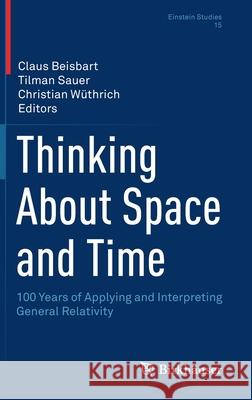Thinking about Space and Time: 100 Years of Applying and Interpreting General Relativity » książka
topmenu
Thinking about Space and Time: 100 Years of Applying and Interpreting General Relativity
ISBN-13: 9783030477813 / Angielski / Twarda / 2020 / 267 str.
Thinking about Space and Time: 100 Years of Applying and Interpreting General Relativity
ISBN-13: 9783030477813 / Angielski / Twarda / 2020 / 267 str.
cena 483,04
(netto: 460,04 VAT: 5%)
Najniższa cena z 30 dni: 462,63
(netto: 460,04 VAT: 5%)
Najniższa cena z 30 dni: 462,63
Termin realizacji zamówienia:
ok. 22 dni roboczych
Dostawa w 2026 r.
ok. 22 dni roboczych
Dostawa w 2026 r.
Darmowa dostawa!
Kategorie:
Kategorie BISAC:
Wydawca:
Birkhauser
Seria wydawnicza:
Język:
Angielski
ISBN-13:
9783030477813
Rok wydania:
2020
Wydanie:
2020
Numer serii:
000007294
Ilość stron:
267
Waga:
0.58 kg
Wymiary:
23.39 x 15.6 x 1.75
Oprawa:
Twarda
Wolumenów:
01
Dodatkowe informacje:
Wydanie ilustrowane











